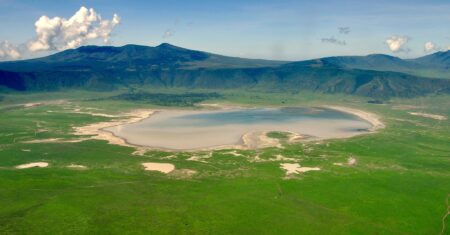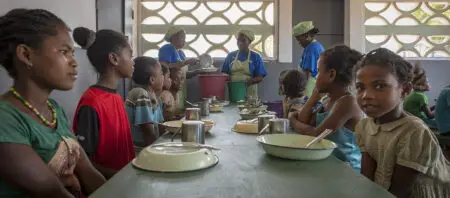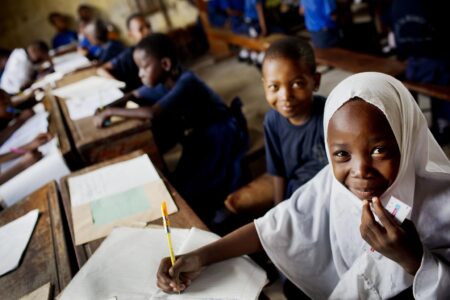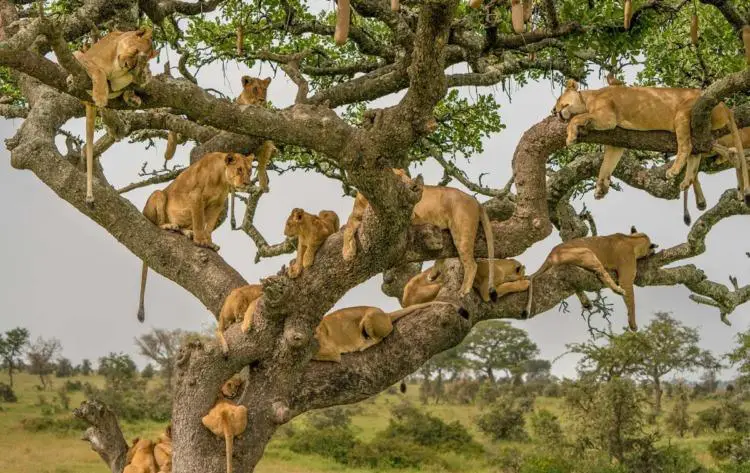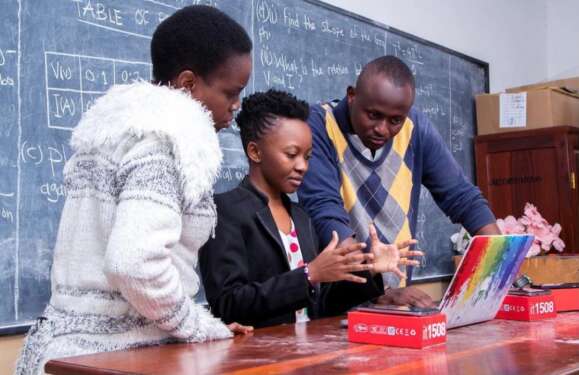- Africa’s new dawn: the rising role of digital and AI in agriculture
- Can Dangote Refinery Transform Africa Energy Ambition
- Gallup Survey: 80 per cent of Kenyan Workers Are Disengaged and Seek New Opportunities
- Madagascar Man Freed from 5KG Tumor After 15-Year Struggle
- How women in Africa are perceived and treated
- Sugar consumption in Kenya to Increase to 1.23 Million Tonnes
- Can Somalia and Turkey Oil deal Bring Change in Somaliland
- Remittances to Kenya dropped to $371.6 million in June, marking a six month low
Browsing: UNESCO
- The number of tourists visiting Tanzania has significantly increased, especially visitors to the globally famous caldera, the Ngorongoro Crater.
- Over half a million tourists visited the East African country in the first half of the 2023/24 year.
- Authorities have managed to control poaching in the renowned UNESCO Heritage site, Ngorongoro Crater, a top tourist destination.
The number of tourists visiting Tanzania has significantly increased, especially visitors to the globally famous caldera, the Ngorongoro Crater.
This 2000-foot-deep caldera was formed when a giant volcano exploded and collapsed on itself some two to three million years ago. Over the years, the crater has become a tourism sensation, attracting thousands yearly.
From the famed lions that climb trees to the sheer size of the crater and the lakes inside it, the grazing herbivores on its slopes, wildebeests, zebras, elephants, buffaloes, name it, all the big five are to be found in and around …
- ECOWAS member states fed 22.4 million school-going children in 2022, up from 20 million learners in 2020.
- This represents 42% of the 53 million school children in Sub-Saharan Africa who were fed through school feeding programs last year.
- School feeding intervention, as it happens in Rwanda, can immensely boost agriculture, education, health and nutrition, and social protection sectors.
The past two years have seen West African countries grapple with a number of crises driven by conflict, climate shocks, and a slow recovery from COVID-19 economic fallout worsened by the ongoing Russia-Ukraine war.
The Economic Community of West African States (ECOWAS) member States are, however, defying these tough economic times, emerging as having fed the largest number of school-aged children in Africa.
According to The 2022 State of School Feeding Worldwide report, Ecowas member states fed 22.4 million school-going children in 2022. This was an increase from 20 million children fed …
- A survey shows that school students in Tanzania face shame, and fear when speaking in English.
- Unlike in many parts of neighbouring Kenya or Uganda, English is not used as a language of instruction in schools in Tanzania until the learners join secondary schools at the age of 14
- How can Tanzania’s young people compete favourably with peers for global work opportunities?
A startling finding in Tanzania could see policymakers in the education sector go back to the drawing board after a survey revealed that school students face shame, and fear when speaking in English.
Unlike in many parts of neighbouring Kenya or Uganda, English is not used as a language of instruction in schools in Tanzania until the learners join secondary schools at the age of 14.
With most teachers translating many lessons into the national language Swahili, English is not used as a language of instruction in Tanzania’s …
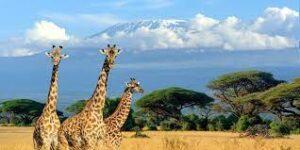
For the third year in a row, Tanzania’s Serengeti National Park has been crowned the ‘Best National Park in Africa.’
Impressive and commendable, but is Tanzania capitalizing on this accreditation?
The World Travel Awards (WTA) have recognized ‘the cradle of mankind’ as Africa’s top tourist destination. Tanzania, as a country, was voted the top tourist destination. To put it in WTA’s words; “Tanzania – with its national parks, wildlife and palm-fringed beaches – was voted Africa’s Leading Destination…”
Such accolades should translate to having tourists visiting the park increase every year compared to other national parks on the continent and by default, it should equally mean pocketing much more tourism revenues.
That is however not the case. If we leave out Egypt which, despite being on the continent is actually considered a Middle Eastern region per the United Nation’s World Tourism Organization, the crown for receiving the largest number of …
Every year, the L’Oréal Foundation along with UNESCO short lists 20 out of more than 300 African women researchers for the academic excellence of their work. The women enter the Sub-Saharan Africa Young Talent Awards For Women in Science.
Coming from 16 countries, these 15 PhD students and 5 post-doctorates embody, through their backgrounds and research subjects, all the diversity and potential of tomorrow’s African science.
This year, Tanzania is on the short list with the youngest Laureate yet, meet 30 year old PhD holder, Neema Mbuma, winner of the 2020 Sub-Saharan Africa Young Talent Awards For Women in Science.
Please gives us a brief background of yourself. Where you were born, early schooling, family, hobbies.
Hello, my name is Neema Mduma, a lecturer at the Nelson Mandela African Institution of Science and Technology (NM-AIST) in Arusha, Tanzania. I hold a PhD in Information and Communication Sciences and …
Every year, the L’Oréal Fondation along with UNESCO short lists 20 African women researchers for the academic excellence of their work. The young women then, enter the Sub-Saharan Africa Young Talent Awards For Women in Science.
Sourced from 16 countries, these 15 PhD students and 5 post-doctorates embody, through their backgrounds and research subjects, all the diversity and potential of tomorrow’s African science – L’Oreal.
The shortlisted 20 youth had to fight their way through a maze of nearly 330 applications. The submission were sifted through by a jury that was Chaired by Professor Nelson Torto who is the Executive Director of the African Academy of Sciences.
“They all have in common the excellence of their projects and the desire to contribute to fueling innovation in Africa” he commented.
“They are joining the community of 3,400 women researchers around the world who have been supported by the For Women in …





